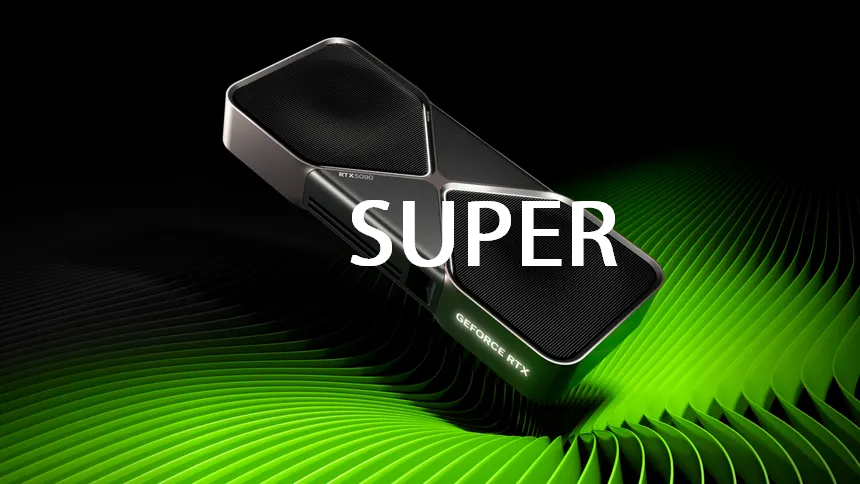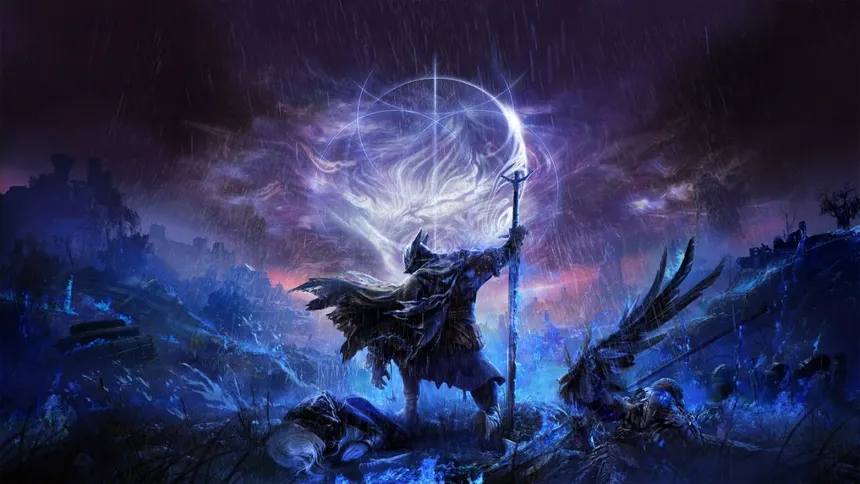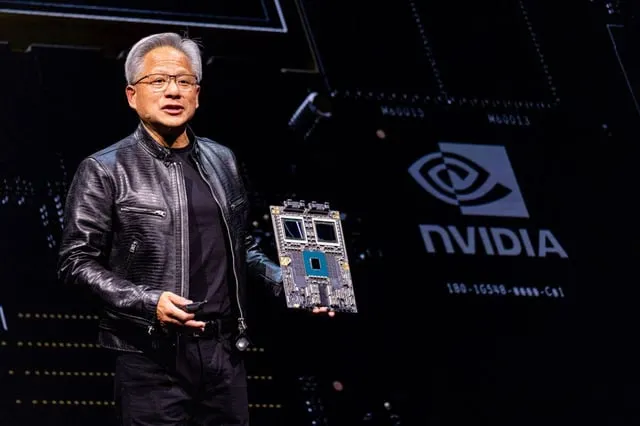iD Software’s Director of Engine Technology, discussed their implementation of path tracing in DOOM: The Dark Ages as part of a Q&A with Nvidia.
According to Khan’s comments, it took the dev team six months for them to properly implement path tracing into the game; “From start to finish, it took about six months to implement and ship path tracing in DOOM: The Dark Ages.”
He also discussed at length why iD Software made the decision to include path tracing in the game.
“Path tracing is the next logical advancement in ray-traced visuals, and we’re eager to push the boundaries of lighting improvements in id Tech 8 (game engine used for DOOM: The Dark Ages). Demonstrating cutting-edge visual techniques in a commercially released game is crucial, as it holds more significance than showcasing them in a meticulously crafted, academic demo environment.”
“A new rendering technique is only truly viable if it can be integrated within the constraints of a shipping product, ensuring it works harmoniously with the existing rendering pipeline without introducing noticeable artifacts. Scalability across a wide range of hardware configurations is a core mission for us. We prioritize developing impactful features for both current and future high-end GPUs, while also ensuring the game performs optimally across a wide range of devices.”
Khan also discussed what I think is a critical question – what are the benefits of path tracing? PT is a very new tech, and only a relatively small handful games so far have included it, such as Alan Wake 2, Cyberpunk 2077, Black Myth: Wukong, and remastered games like Quake. Ray tracing is already known as a very demanding technology, and although the load placed on GPUs by RT is getting lighter, it still takes a fair amount of grunt to power. So naturally, the even more demanding technology of path tracing makes you wonder.
Khan said, “Path tracing is more computationally expensive than ray tracing—it’s a level-up of current ray tracing techniques. The added costs deliver more realistic, physically accurate lighting and surface shading.”
“Dynamic RTX Global Illumination is more accurate with path tracing than with probe-based ray tracing solutions. Path tracing handles indirect emissive light contributions on surfaces better, produces more realistic, softer shadows, and generates more accurate reflections on rough surfaces. Overall, ray tracing provides fantastic results, but path tracing takes image quality and immersion to the next level.”
I think while we won’t see path tracing being pushed just yet as a flagship technology, I wouldn’t be surprised to see it championed by Nvidia as part of their push of the RTX 60 or perhaps even the RTX 70 series of graphics cards. It would make sense to slowly implement it now where you can, and then when the future GPUs can in theory offer much better path tracing performance, see it pushed as a premium feature – especially for the 80 and 90 class cards.





